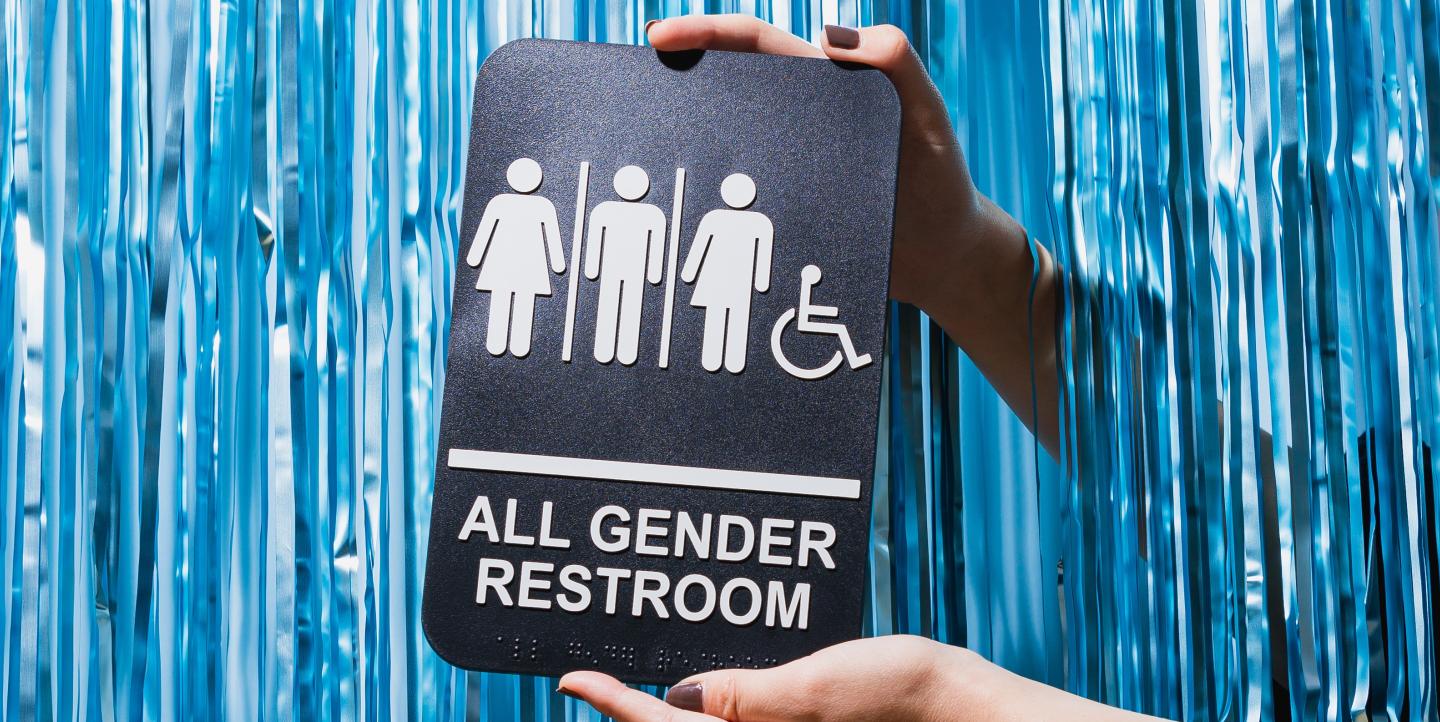Women make up at least half of the population in many countries, and their percentage is growing. Yet many journalists and news outlets aren’t hearing them or seeing them, ICFJ Knight Fellow Catherine Gicheru said during a recent panel on gender and journalism.
“The first challenge is accepting the reality and accepting and being humble as journalists, as news organizations, that we are actually failing in our responsibility as journalists when we say we are being representative,” said Gicheru, speaking at the International Journalism Forum in Athens, Greece, organized by the Greece-based incubator for Media Education and Development (iMEdD).
Gicheru is the founder of the African Women Journalism Project (AWJP), a network of female journalists and data analysts across seven countries. She spoke alongside Eliza Anyangwe, the managing editor for CNN’s gender inequality reporting team, “As Equals.”
Here are some reflections and tips from their conversation:
Change the lens
Some newsrooms, especially better-resourced ones, have implemented gender “verticals” or desks in response to a historic failure to provide inclusive coverage, Anyangwe said. But even in a small newsroom, it’s possible to apply a lens that can result in more enriching and representative reporting. One lens, for example, is looking at who is most impacted by an issue.
A lot of resources right now are directed at covering climate change and conflicts, Gicheru said, but reporting also needs to focus on the impact of these issues on people of different genders, especially women. If not, “then we’re losing the whole conversation,” she said. “We’re losing track of what is really important at the end of the day.”
Gicheru, a pioneer in Kenyan media, has built a network of women journalists across Ghana, Kenya, Nigeria, Senegal, South Africa, Tanzania and Uganda who team up to produce data-driven coverage of underreported health, gender and economic issues.
“The idea is to push not only to have more women in positions of authority,” she said, “but actually making a change in how we look at things.”
Hard-hitting news
Journalists are trained to cover the exceptional, but this means many stories on gender are left uncovered. “[It] means that actually the daily violence or daily discriminations become too commonplace to report on,” Anyangwe said.
It’s important to approach gender coverage with journalistic rigor, she said. For example, journalists should dig into the funding for far-right campaigns that use gender to sow division and cultural warfare, highlight efforts to dismantle comprehensive sex education, and unmask coordinated online violence designed to silence the voices of women and nonbinary people.
“When you treat gender journalism not as sort of frivolous or, you know, ‘women’s issues,’ which could be in Cosmo magazine, but actually as serious reporting issues, if you report them that way, then your policymakers are held to account on those issues and have to speak to them,” Anyangwe said.
Source and byline audits – which help determine if coverage is representative – are valuable, Anyangwe said, as they signal to newsroom staff what matters to the organization and change the incentives for editors to include a diversity of voices.
Online violence
Women journalists around the world are grappling with massive, coordinated online violence campaigns designed to silence them. Those who cover gender are prime targets. It’s important to approach the tech platforms and demand action as a united front across countries, Gicheru said, because the problem is global,and a global campaign is the only chance they will listen. But she also said it’s imperative that individual journalists take steps to protect themselves (for resources, check out the Coalition Against Online Violence).
“You need to be able to know how to take care of yourself online,” Gicheru said. “You need to figure out what are the best ways to deal with those kinds of challenges with the limitations of your community, your society and your space, and look for solidarity across the different countries.” she said. “Really be mindful, be cautious, and take those precautions that you need to.”
Making the case
Making the case for better and expanded gender coverage in newsrooms can still be a challenge, despite the obvious need for it.
Anyangwe emphasized that this reporting can lead to major impact, and that’s a motivating force for a lot of journalists. Gicheru said she always highlights the business case for providing better and more coverage to half the population.
“If you’re not going to be motivated by your journalistic responsibility,” Gicheru said, “think about your survival.”
See more from the International Journalism Forum.

